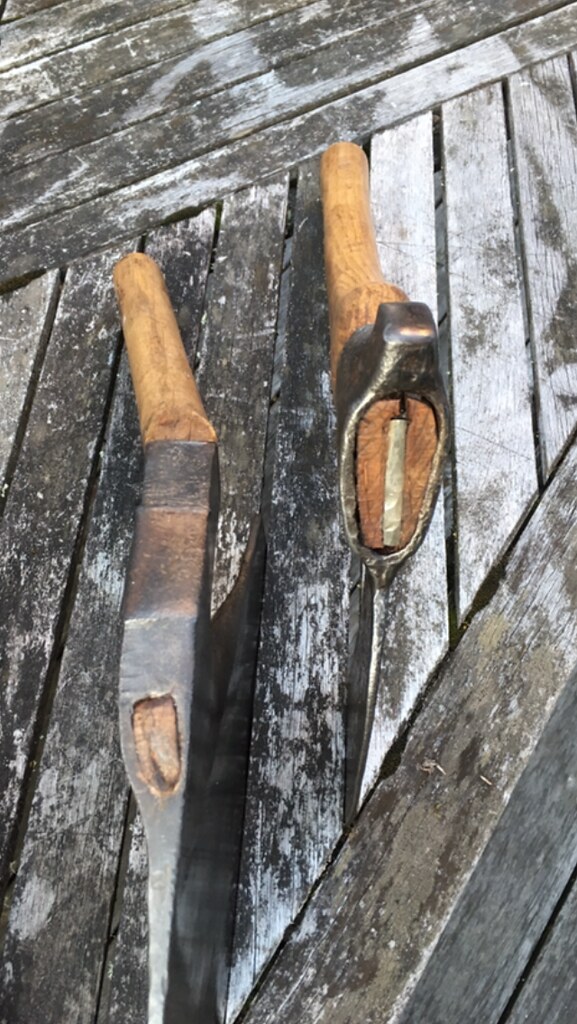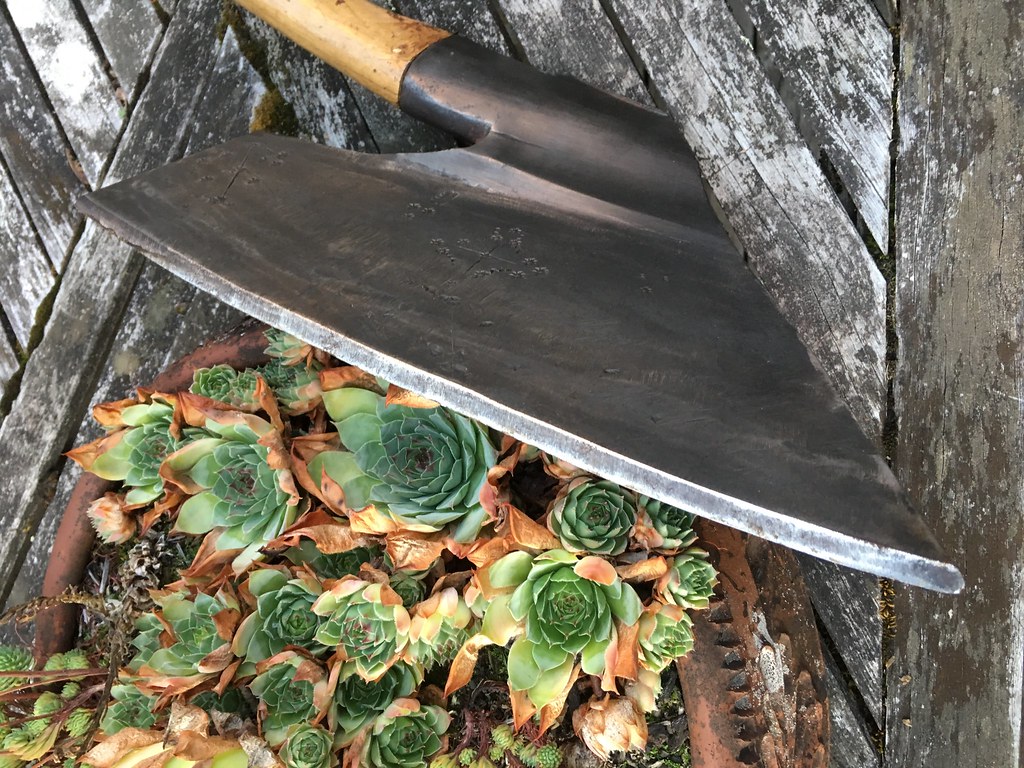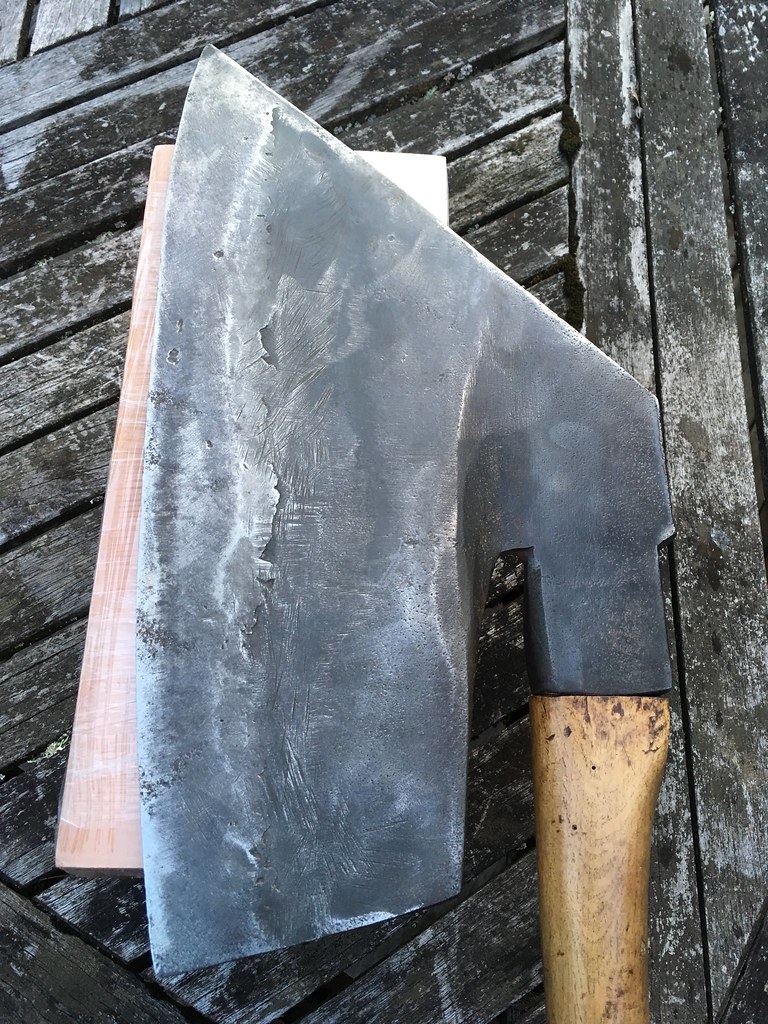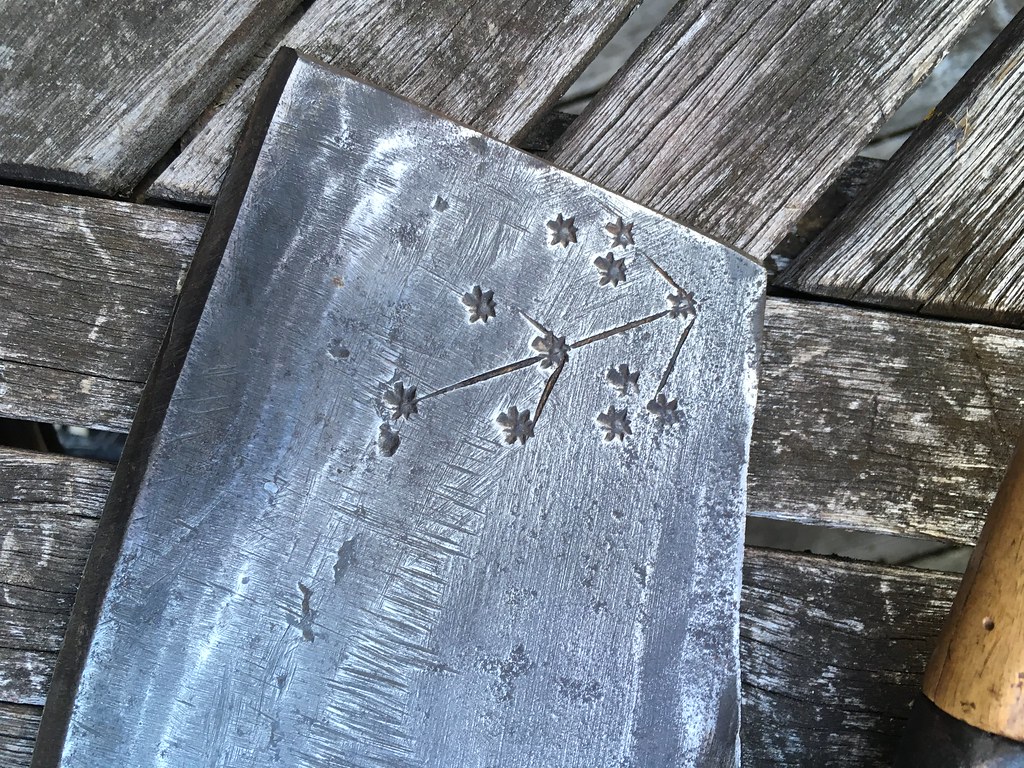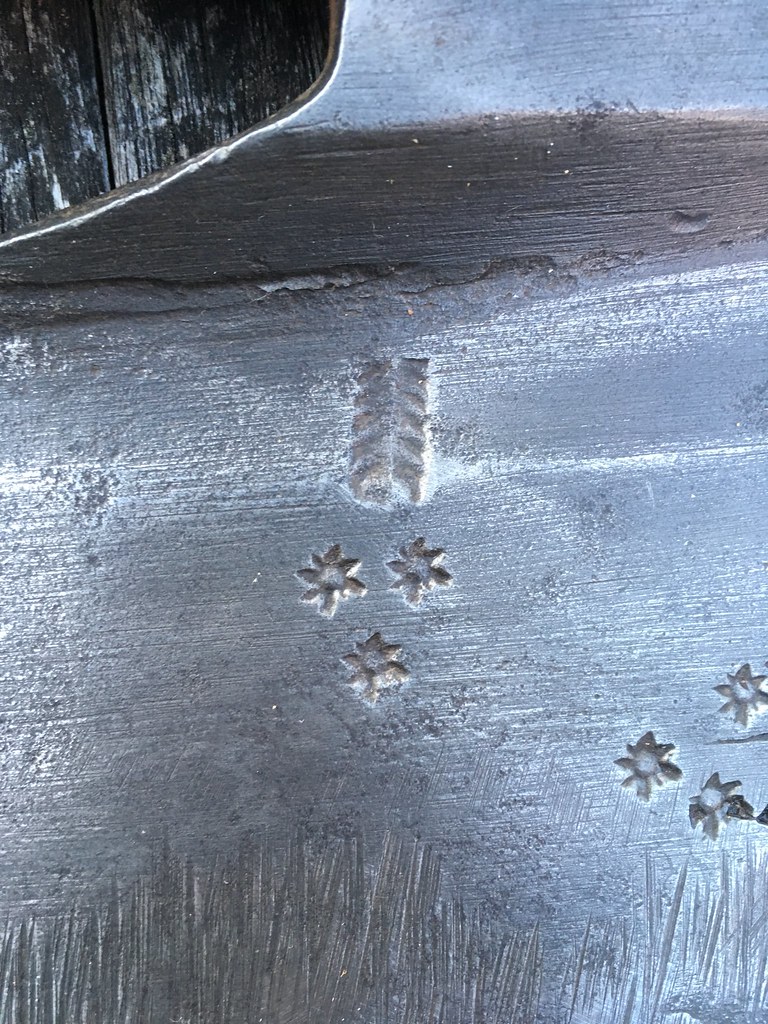Holy S%^&. Thats a lot of translating to do! Well here goes. BTW, its Not from Luxemburg, Looks to much like german, so its probably Austrian like the Terminator/Governator/Totonator  Please let someone put this somewhere safe, because I wont be doing this again and will be only english translation out there most likely! I will update it in the future because this will take hours!
Please let someone put this somewhere safe, because I wont be doing this again and will be only english translation out there most likely! I will update it in the future because this will take hours!
Some background info: It was an Austrian born Ukranian manufacturer from early 1900's until ???? Since there is a 1930 on one of the axes, its most likely from a little after that. Its base was here: https://www.google.nl/maps/place/Ko...029c5463ce7a49c!8m2!3d48.0514686!4d24.0616957
401 Handhacke = Handaxe (kollerhacke = Kitchenaxe)
402 Handhacke = Handaxe (aufsatzhacke = Outdoor axe)
403 Asthacke = ????(Steirische= Southeastern Part of Austria
https://en.wikipedia.org/wiki/Styria)
404 Hotzhacke = Wood Axe (Deutsche = German)
405 Flösserhacke mit Nagelloch = Carpentersaxe or Carpentershatcher with nailpuller
406 Splathacke = Splitting axe (keilhacke = Splitting axe)
407 Hotzhacke = Wood Axe (Krainer = Part of slovenia
https://en.wikipedia.org/wiki/Carniola) 1/2 geschliffen = Half sharpenend (which means 1 sided)
408 Wagnerstockhacke = Wielbarrowaxe/Wagoners Axe
206 Breite Siebenburghacke = Transylvania Broadaxe, part of Romania
https://en.wikipedia.org/wiki/Transylvania
412 Hotzhacke = Wood Axe (Cernowitzer = Part of The Ukraine
https://en.wikipedia.org/wiki/Chernivtsi
414 Tarnower Handhacke = Tarnow handaxe, Town/region in germany
https://en.wikipedia.org/wiki/Tarnow,_Germany ohne nagelsieher = Without nailpuller
415 Tarnower Handhacke = Tarnow handaxe, Town/region in germany
https://en.wikipedia.org/wiki/Tarnow,_Germany mit nagelsieher = With nailpuller
414a Spitaler Form = Special pattern, which is to mean a variant
415a Tarnower Handhacke Spitaler Form = Tarnow handaxe Special pattern which is to mean a variant, Town/region in germany
https://en.wikipedia.org/wiki/Tarnow,_Germany mit Nagelschlitz = With Nailpuller
417 Deutsche Holzhacke = German Woodaxe , mit nagelschere = With nailcutter
418 Breite Romanischer hacke= Romanian broadaxe, Focsaner = place in Romania
https://en.wikipedia.org/wiki/Focșani
416 Krakauer handhacke = Krakau pattern handaxe Tricky one, could be polish Krakow :
https://en.wikipedia.org/wiki/Kraków or
https://en.wikipedia.org/wiki/Krakau I Think the Latter
419 Bulgarische Holzhacke = Bulgarian Woodaxe
420 Bohm Holzhacke = Bohemian Woodaxe
https://en.wikipedia.org/wiki/Bohemia
422 Zigeuner Hacke = Gipsey Axe
425 Ungarische Holzhacke = Hungarian Woodaxe
426 Ungarische Holzhacke = Hungarian Woodaxe
428 Przemsyler = Place in Poland, so Polish pattern
https://en.wikipedia.org/wiki/Przemyśl
X Przemsyler Spitaler form= Place in Poland, so Polish pattern
https://en.wikipedia.org/wiki/Przemyśl special pattern, which means a variant
429 Bulgarische Waldhacke = Bulgarian Forrest axe
432 Rumanische = Romanian
435 Slavonische Kiebhacke, halb geschliffen = Slavonian Splitting axe, sided
https://en.wikipedia.org/wiki/Slavonia
436 X
437 Siebenb. Kleibhacke half geschliffen= Transylvanian splitting axe, one sided
https://en.wikipedia.org/wiki/Transylvania
438 X
471a Marmaroser hacke = Marmaris axe, part of Turkey:
https://en.wikipedia.org/wiki/Marmaris . Why Turkey, because of the Kievan Rus influence.
488 Gebirgshacke = Mountain axe
439 Slavonische Holzhacke half geschliffen = Slavonian Woodaxe one sided
441 Bistritzer = Bistria, but could be Romanian
https://en.wikipedia.org/wiki/Bistrița or Czech republic :
https://en.wikipedia.org/wiki/Bistritz
442 Jassyer = Part of Romania
https://en.wikipedia.org/wiki/Iași
456 Debrecziner = Part of Hungary
https://en.wikipedia.org/wiki/Debrecen
457 Debrecziner = Part of Hungary
https://en.wikipedia.org/wiki/Debrecen
458 Debrecziner handhacke = Handaxe Part of Hungary
https://en.wikipedia.org/wiki/Debrecen
459 Debrecziner handhacke = Handaxe Part of Hungary
https://en.wikipedia.org/wiki/Debrecen
469 Ungarische hacke = Hungarian axe
470 Kecskemeter = part of Hungary
https://en.wikipedia.org/wiki/Kecskemét
471 Marmaroser = part of Turkey:
https://en.wikipedia.org/wiki/Marmaris .
1431 Gruben pattern axe
https://www.google.nl/maps/place/99...:0x8db948409d6cf309!8m2!3d47.04673!4d12.51317
1432 X
1435 Ostraurer Grubenhacke = Austrian Gruben pattern axe
https://www.google.nl/maps/place/99...:0x8db948409d6cf309!8m2!3d47.04673!4d12.51317
1436 X
1437 trainhacke = Part of Germany
https://www.google.nl/maps/place/Tr...ed50bf893348ed3!8m2!3d48.7303689!4d11.8301248
472 Schutzner, breit = Region around austrian czech border, broad
473 Neusohler deckhacke met naggelloch und reif = part of slovenia
https://en.wikipedia.org/wiki/Banská_Bystrica cratings axe with nailpuller
474 Liptauer = region in Slovakia
https://en.wikipedia.org/wiki/Liptov
1930 (most like model year of introduction/fashion)
475 Klaussesburger Zimmermanshacke = Part of Romania
https://en.wikipedia.org/wiki/Cluj-Napoca Carpenters axe
476
477
478
479
480
481
482
483
484
485
486
2183 X
2188
490
491
Neutitscheiner = new models
487
2235
2236
2237
2189
Beile Und Spanhacken = Axes and Broadaxes
445 X
446 Russische =Russian
447 X
448 Stanslauer Kolomeaer = Part of the Ukraine
https://en.wikipedia.org/wiki/Ivano-Frankivsk
449 Czernowitzer = = Part of The Ukraine
https://en.wikipedia.org/wiki/Chernivtsi
450 Storoznetzer = Part of Ukraine
https://en.wikipedia.org/wiki/Storozhynets
451 X
452 X
Spanhacken = Broadaxes
453 Kroatische = Croatia
454 Slavonische = Part op Croatoa
https://en.wikipedia.org/wiki/Slavonia
455 Ungarische = Hungarian
Binderbeil = Dowelaxe
Tischlerbeil = Furniture axe/ table axe
461 Binderwaldhacke = ????
462 Plankac = Just a guess = Plank axe
492 Plankac = Just a guess = Plank axe
465 Sprenghacke = Crack axe ?
1950 Gestutstes beil = Truncated axe
493 Manarinhacke = ????
409 Bandhacke = No real translation: But its used to make indentations in the wood to make stiff connections with one another
467 Querhacke =
466 Stosshacke =
413 Breite handhacke mit hammer und nagelloch = Broad handaxe with hammer and nailpuller
413a Oberlander handhacke = Highland/Mountain handaxe
413b Umg. Handhacke mit Schlitz on nagelloch = Colloquial handaxe with 2 nail pullers
460 Zimmermans Breitbijl = Carpenters Broadaxe
1750 Fliescherbeil = Butchers axe
464 Schlaghacke = Butchers axe for cows, to bludgion them to death
1655 Bieghacke = Butchers axe for pigs, to bludgion them to death
463 Schrotstumpf= Cleaver
397 Zuckermesser = Sugarbeet knife
398 Hackmesser = cleaver knife
399 Hackmesser = cleaver knife
400 Hackmesser = cleaver knife
Kuchenhacken = Kitchen axes
1818 (most like model year of introduction/fashion)
1830 (most like model year of introduction/fashion)
1831 (most like model year of introduction/fashion)
1864 (most like model year of introduction/fashion)
1865 (most like model year of introduction/fashion)
Feuerwehr-beile = Firemans axes
514 Spitzbeil = Point axe
515 Spitzbeil = Point axe
516 Spitzbeil = Point axe
517 Hammerbeil = Hammer axe
518 Beilpicke = Pickaxe
 ,not necessarily the neatest,most finished-looking execution.The Substance vs the Form
,not necessarily the neatest,most finished-looking execution.The Substance vs the Form


 FlyingDutchmen
FlyingDutchmen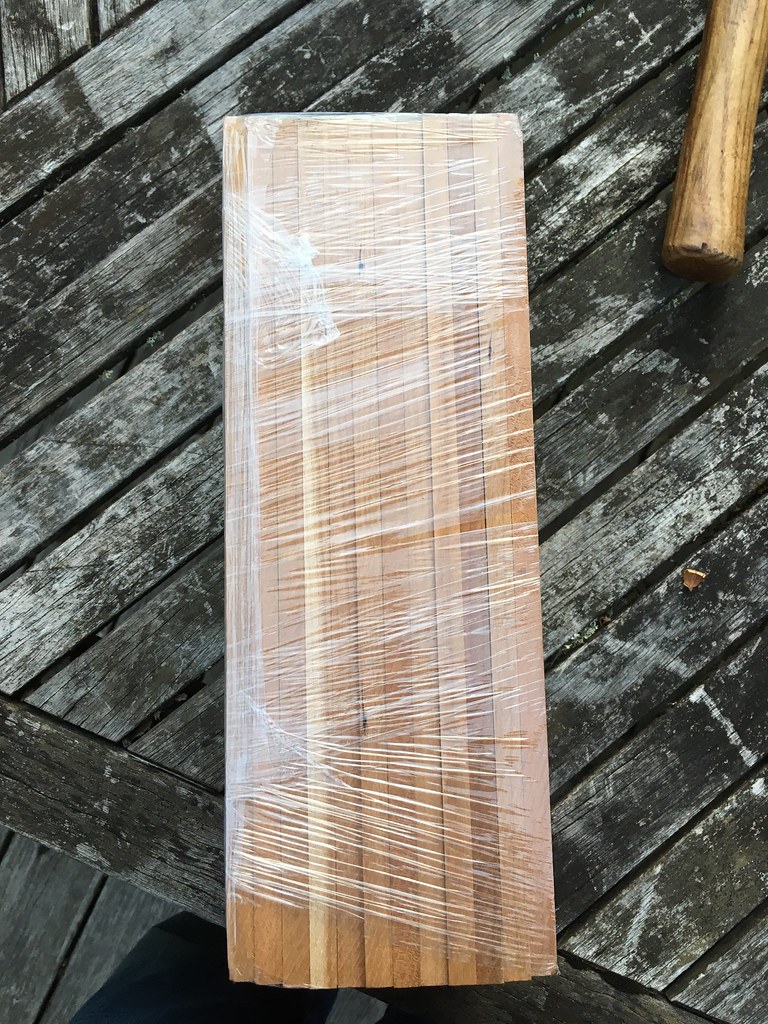 FlyingDutchmen
FlyingDutchmen FlyingDutchmen
FlyingDutchmen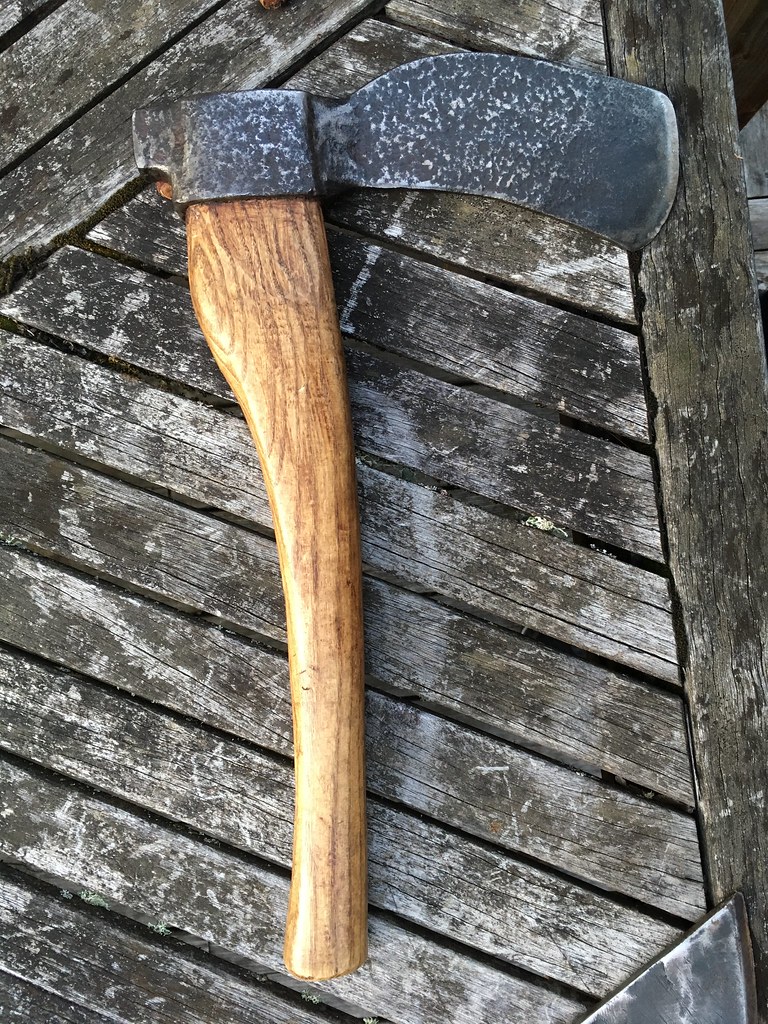 FlyingDutchmen
FlyingDutchmen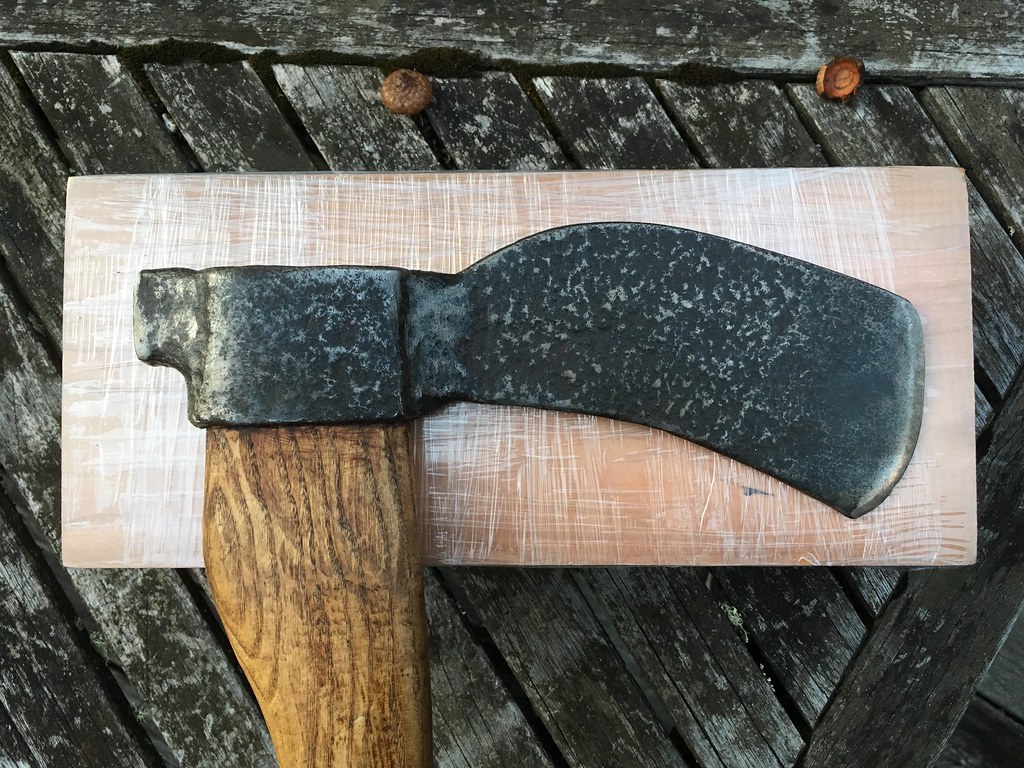 FlyingDutchmen
FlyingDutchmen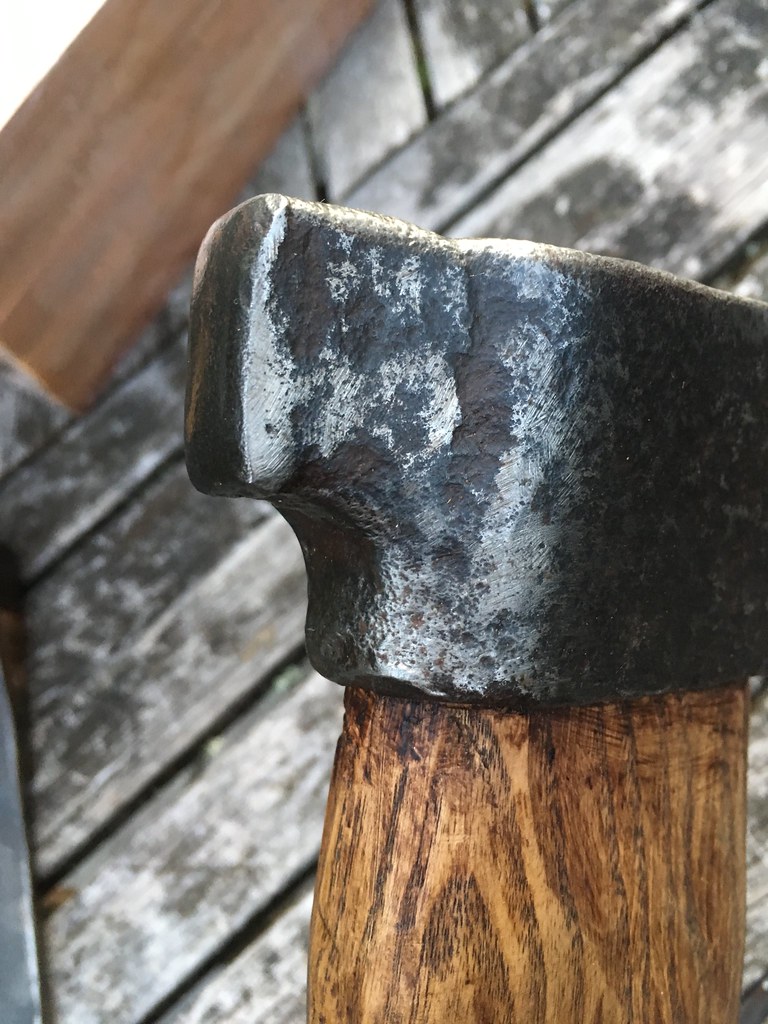 FlyingDutchmen
FlyingDutchmen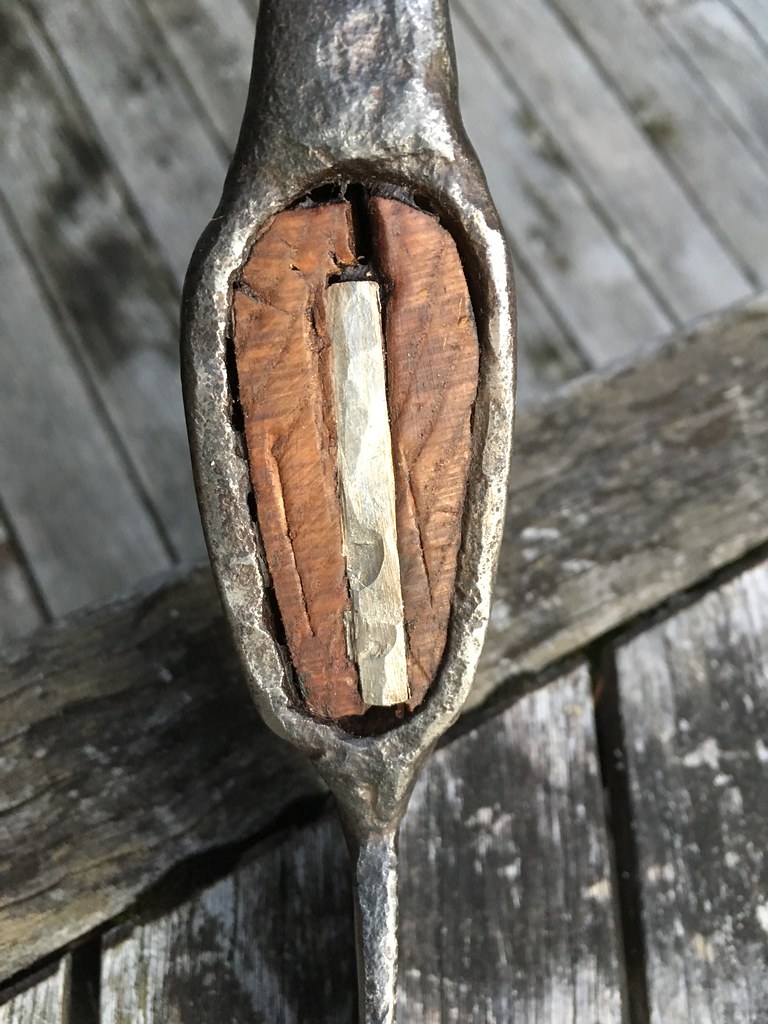 FlyingDutchmen
FlyingDutchmen